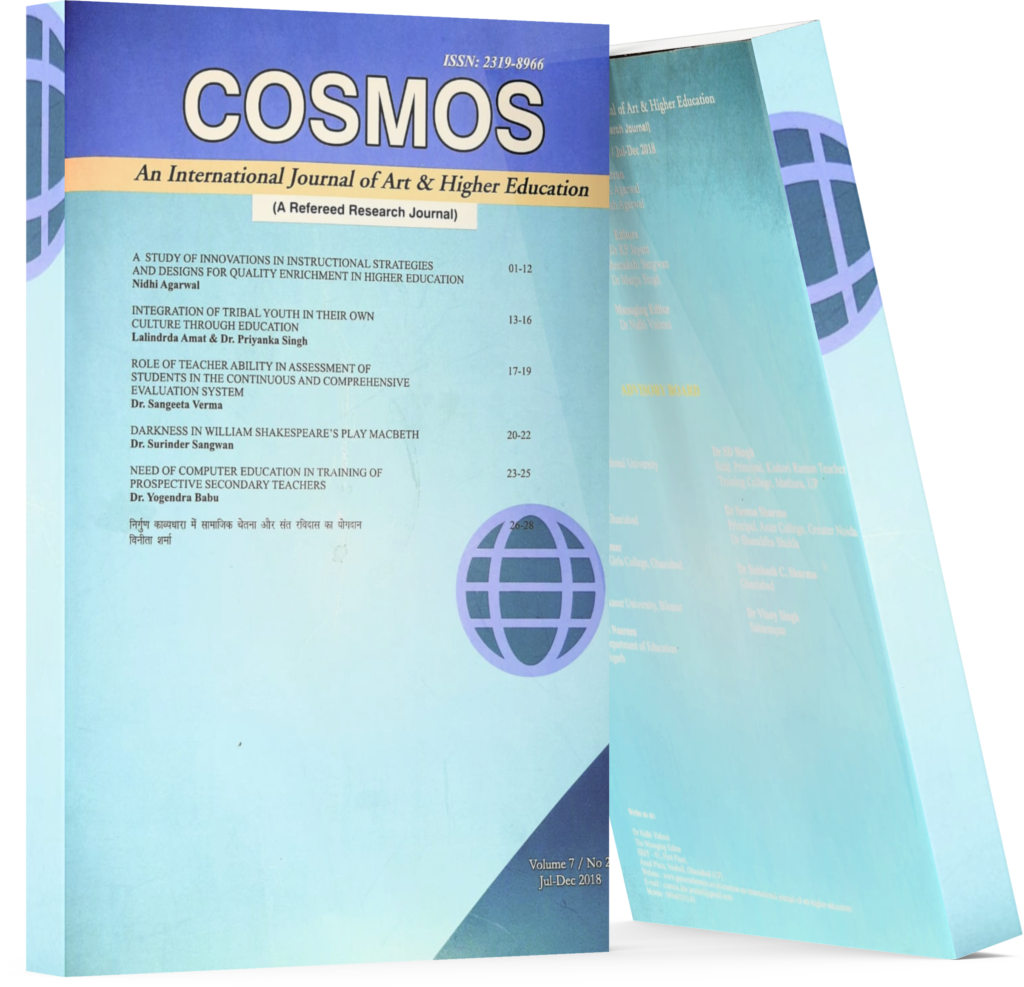Nursing Students Utilization Of Learningmanagementsystems (Lmss) Towards An Effective Lms Utilizationmodel
Keywords:
LMS Utilization Model, Online Socialization, Ems Five Point ModelAbstract
Background and objective: Although LMS is not a completely new concept in the world, it received quickacceptance and has gone through rapid evolution. LMS is the set-up that enables the delivery andmanagement of instructional content, identifying and assessing individual and organizational learningor training goals to track progress towards the meeting of such goals, and also collecting and presenting data for supervising the learning process of an organization as a whole.
Methods and Findings: This study through purposive sampling included the undergraduate nursing students in three selected nursing schools who were enrolled between second semester and summer from2018to2019 and were taking up nursing management courses. This study presents the conceptualized LMSUtilization Model that will cater to the learning needs of both the faculty and nursing students as end-users of LMS, especially CANVAS and MOODLE. This Model includes the areas, gaps, and challenges that needto be addressed.
Downloads
References
Hunker, D.F., Robb, M., Spadaro, K.C., &
Wasco, J.J., (2018). Developing executive
nurse leaders: exemplar for using information
technology to bolster professional role
development of BSN-DNP students. Journal
of Doctoral Nursing Practice, 11(2); 160-164.
Jalilehvand, Merhdad, (2017). “A study on the
impact of Merril’s first principles of
instruction on students’ creativity”. Mediterranean Journal of Social Sciences, 7(2); 313, ISSN 201372117, MCSER, Publishing, Rome-Italy, DOI: 10.5901/mjss
Moule, P., (2016). “Challenging the five-stage
model for E-Learning: A new approach”, http://doi.org/10.1080/0960601129588. Retrieved July 27, 2019
. 4. Oxagile, L., (2016). History and trends of
learning management system. Retrieved from
contact@oxagile.com.
Wright, P., (2015). “Comparing E-tivities, E- moderation, and the first stage model to the
community of inquiry model for online
learning design”. The Online Journal of
Distance Education and E-Learning, 3(2);
-19.

